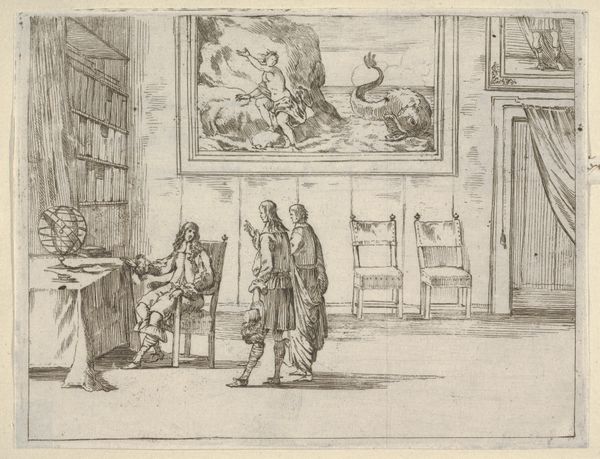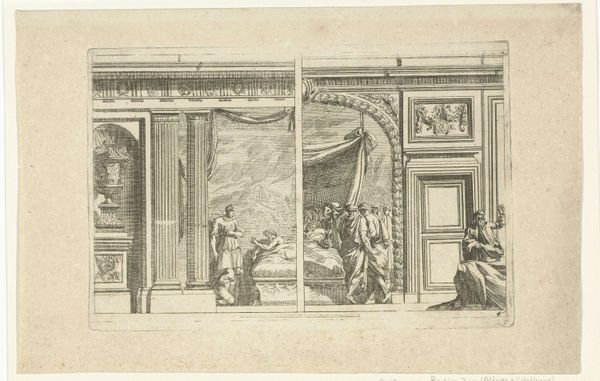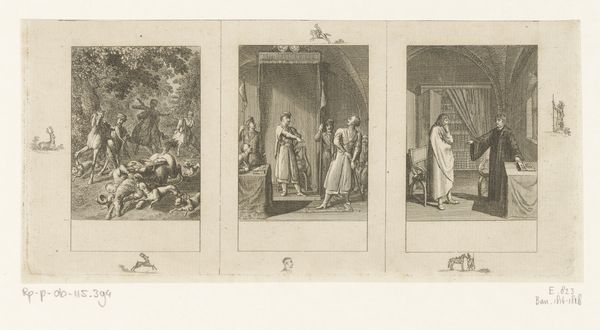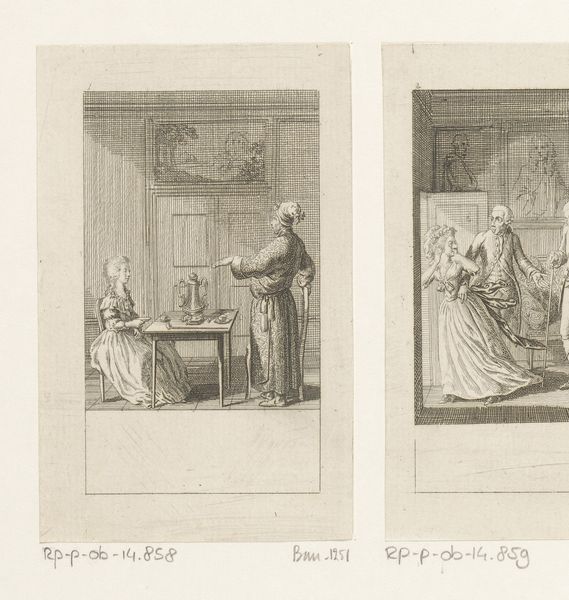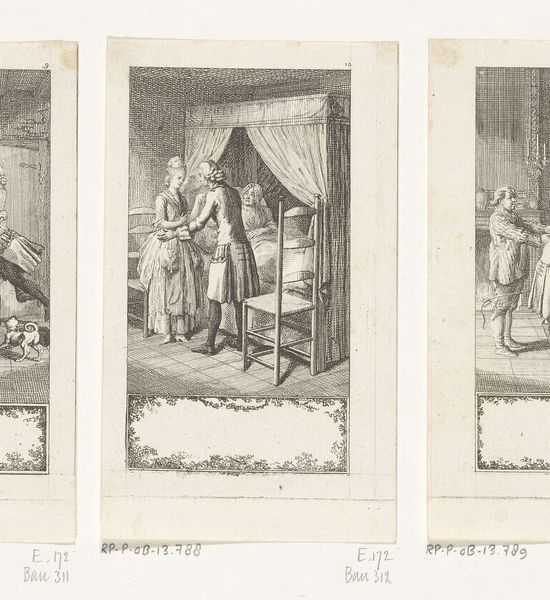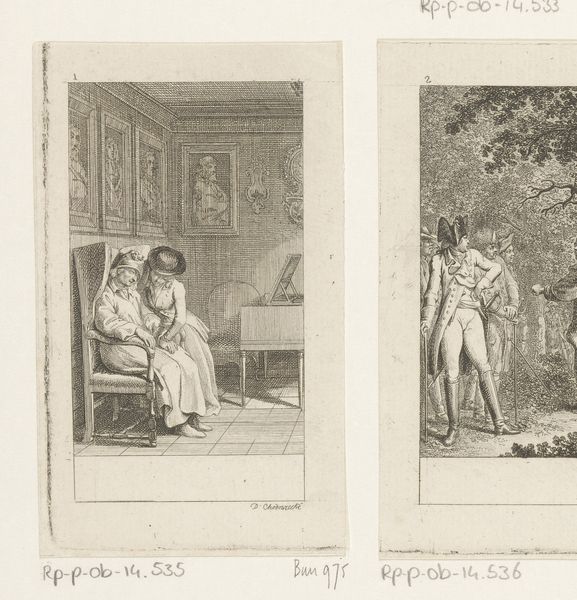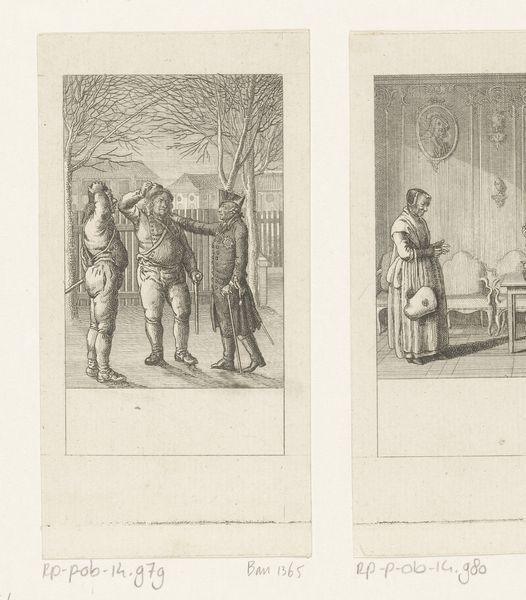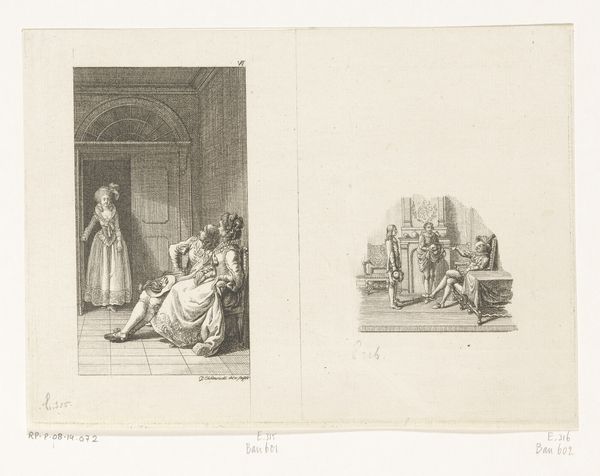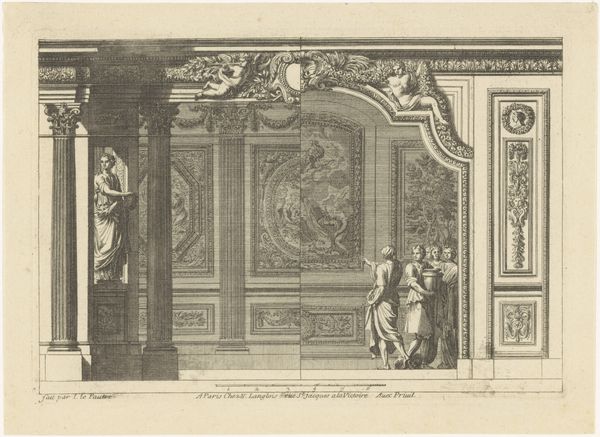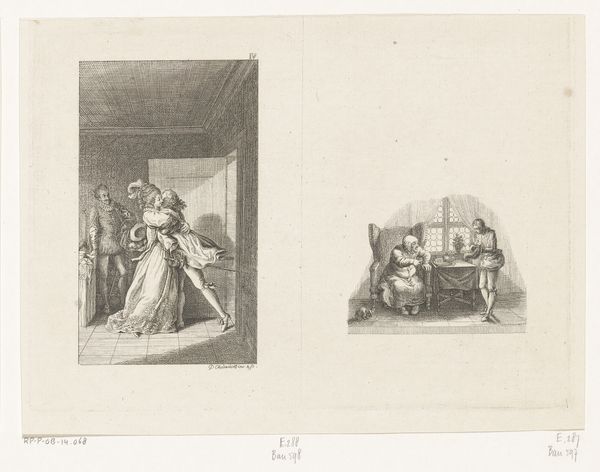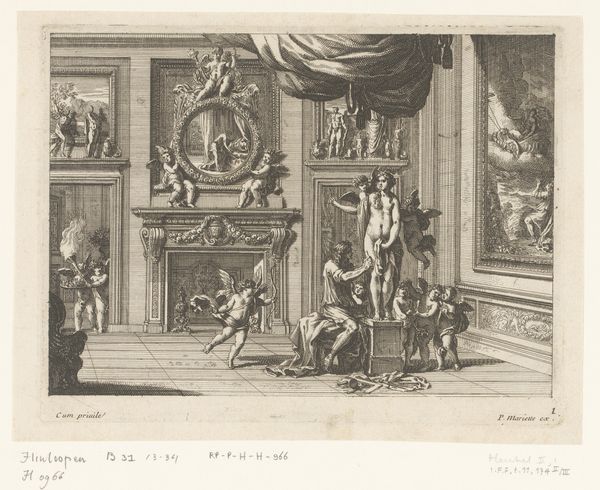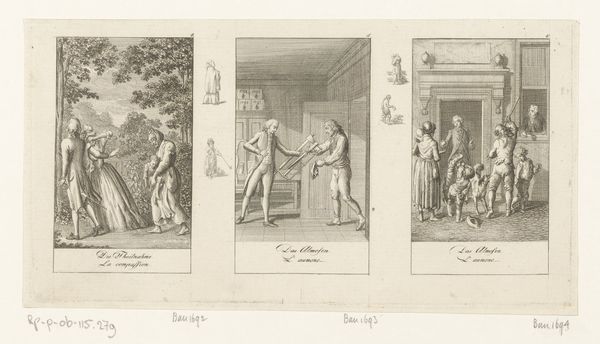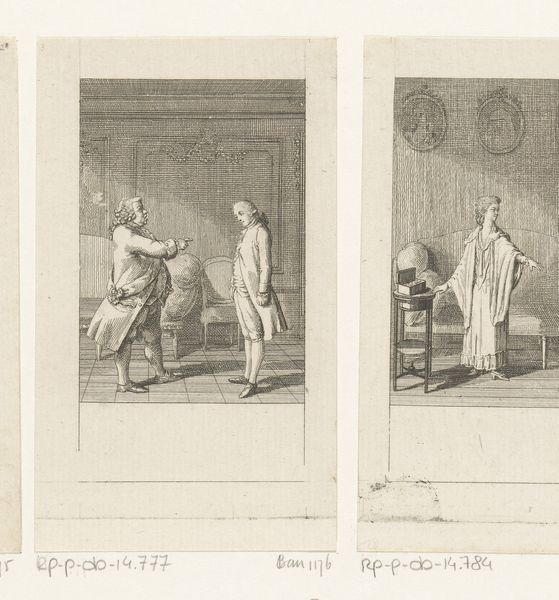![Francesco I d'Este Sentencing the Guilty with Great Difficulty, from L'Idea di un Principe ed Eroe Cristiano in Francesco I d'Este, di Modena e Reggio Duca VIII [...] by Bartolomeo Fenice (Fénis)](/_next/image?url=https%3A%2F%2Fd2w8kbdekdi1gv.cloudfront.net%2FeyJidWNrZXQiOiAiYXJ0ZXJhLWltYWdlcy1idWNrZXQiLCAia2V5IjogImFydHdvcmtzLzdiOWM0YmYwLTk1ZjktNDg2Yi1iMTVhLTFmNGRkYTJlYjYyZS83YjljNGJmMC05NWY5LTQ4NmItYjE1YS0xZjRkZGEyZWI2MmVfZnVsbC5qcGciLCAiZWRpdHMiOiB7InJlc2l6ZSI6IHsid2lkdGgiOiAxOTIwLCAiaGVpZ2h0IjogMTkyMCwgImZpdCI6ICJpbnNpZGUifX19&w=3840&q=75)
Francesco I d'Este Sentencing the Guilty with Great Difficulty, from L'Idea di un Principe ed Eroe Cristiano in Francesco I d'Este, di Modena e Reggio Duca VIII [...] 1659
0:00
0:00
drawing, print, engraving
#
drawing
#
narrative-art
#
baroque
# print
#
figuration
#
genre-painting
#
history-painting
#
engraving
Dimensions: Sheet: 4 13/16 × 6 3/4 in. (12.2 × 17.1 cm) Plate: 4 11/16 × 6 9/16 in. (11.9 × 16.7 cm)
Copyright: Public Domain
Bartolomeo Fenice created this engraving depicting Francesco I d'Este dispensing justice. The setting itself is rife with symbols of power and erudition, elements we can trace back through the ages. Note the portraits adorning the walls—classical figures, perhaps Roman emperors, emblems of authority and wisdom. These are not mere decorations, but invocations, meant to legitimize the Duke's rule by associating him with a lineage of power. The landscape painting, too, speaks of dominion over territory, a visual claim to ownership. Consider how such imagery recurs throughout history. Roman emperors were often depicted with similar symbols, and later, monarchs across Europe adopted these classical motifs to assert their own authority. It is a visual echo chamber, where each era borrows from the past to construct its own narrative. These symbols, charged with historical weight, evoke powerful emotions. They tap into our collective memory, stirring feelings of awe and perhaps even fear. Observe how symbols resurface, adapt, and accumulate new layers of significance in different historical contexts.
Comments
No comments
Be the first to comment and join the conversation on the ultimate creative platform.
